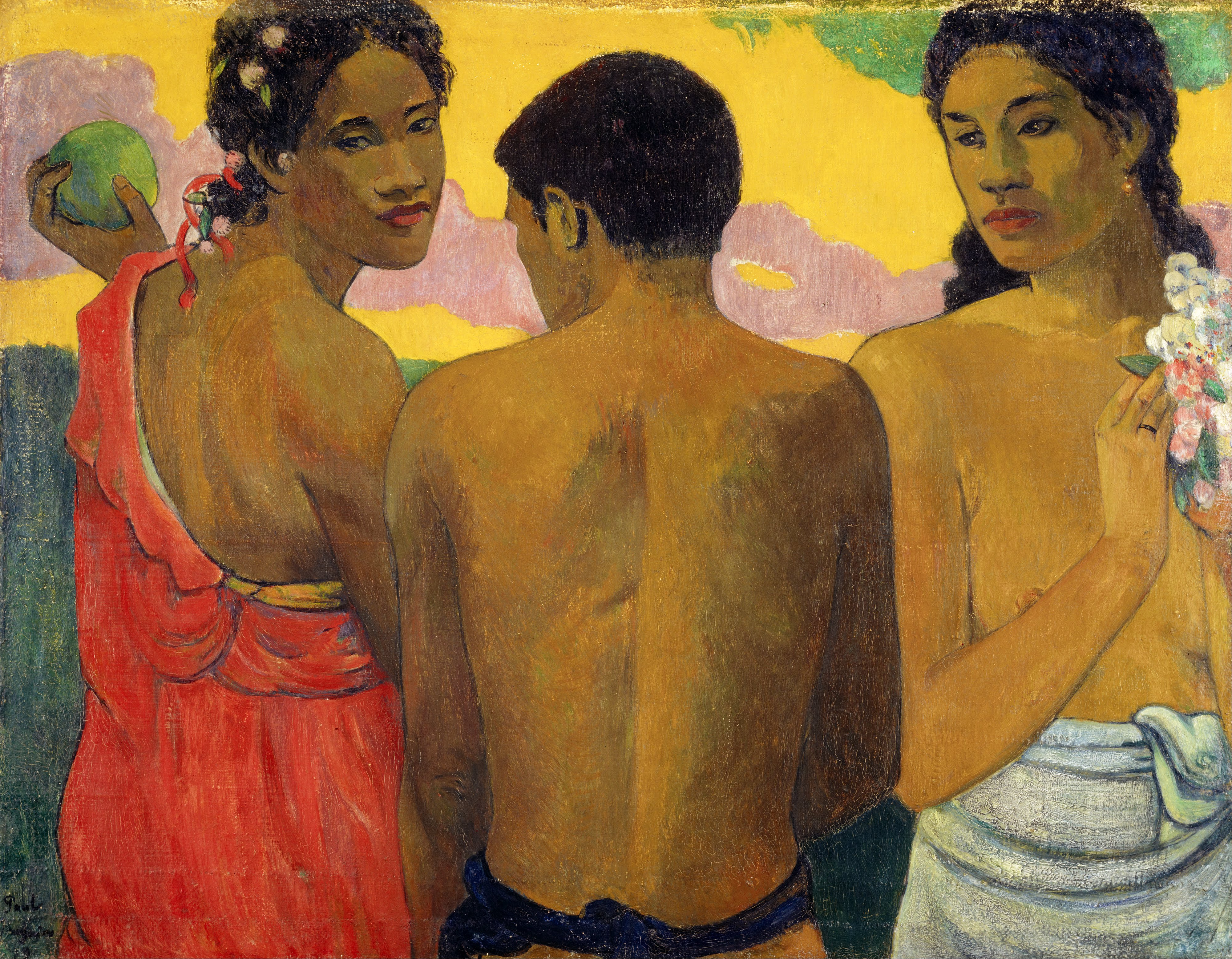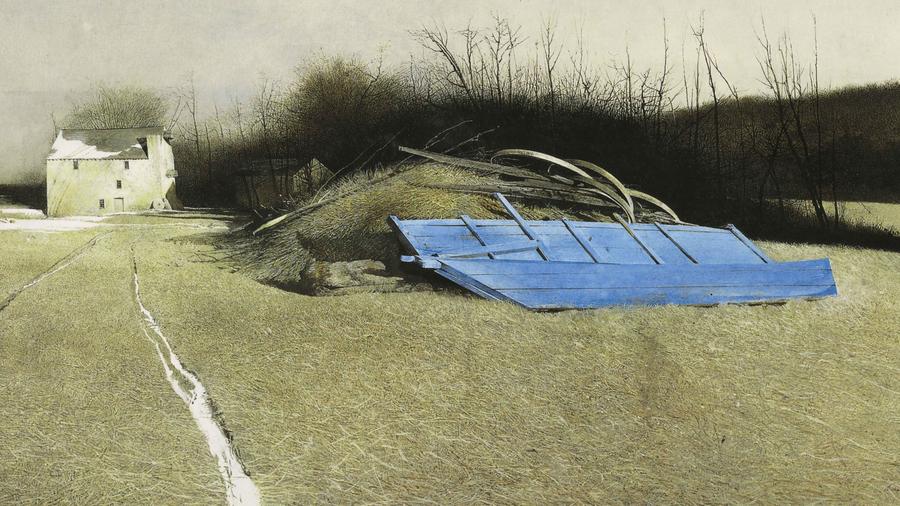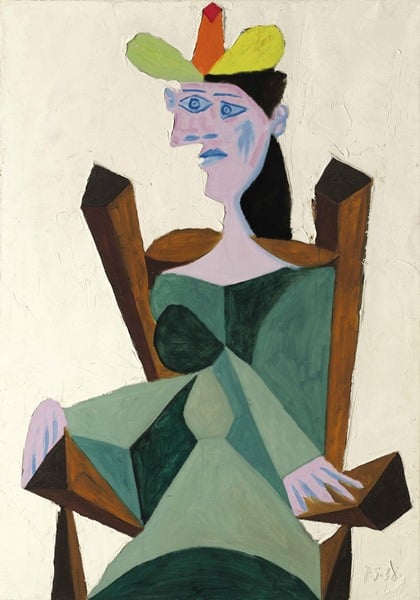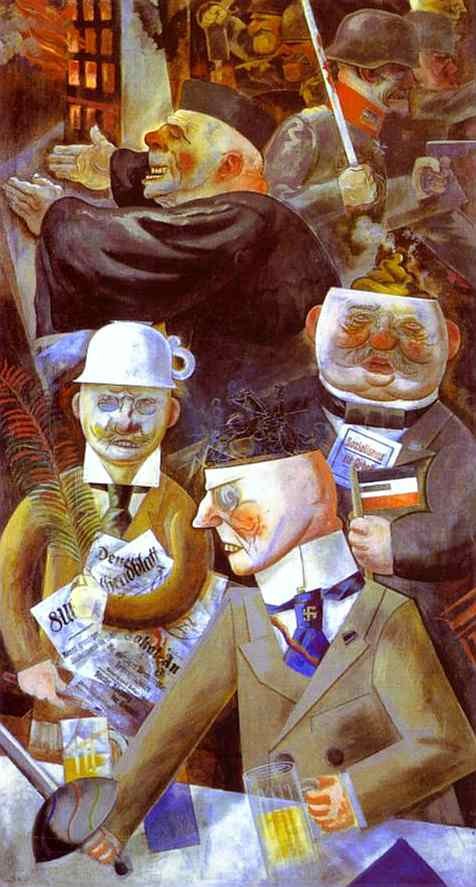Lucian Freud, Girl and Self Portrait (1947/48), pen & ink, heightened with coloured crayon, on paper21.5 by 29.5cm; 81/2by 111/2inches (est. £600,000-800,000)
Sotheby’s London has announced the sale of an outstanding rediscovered drawing by Lucian Freud in its Modern &Post-War British Art Evening Sale on 17 November 2015. Girl and Self Portrait is the only self-portrait drawing by Freud known to feature his muse Kitty Garman, who was to become his first wife and whom he had painted devotedly from early 1947.
Unveiled to the public for the first time in almost 70 years, Girl and Self Portrait was gifted between 1947 and 1948 shortly after it was drawn by the artist to the late Sonia Brownell( 1918-1980), second wife of George Orwell. The drawing now comes to the market for the first time with an estimate of £600,000-800,000.
Lucian Freud gifted the drawing to Sonia, who was almost certainly the inspiration for the heroine of George Orwell’s seminal novel 1984, the ‘girlf rom the fiction department’, with whom the book’s protagonist Winston Smith falls in love, changing the course of the storyline. Sonia and Lucian were close friends during the late 1940s, having met when they both worked at the highly regarded literary journal Horizon.It was Freud to whom Sonia turned when she needed help transporting Orwell to a Swiss sanatorium, in a last ditch attempt to save his life –although he died of tuberculosis a few days before the scheduled departure.
Girl and Self Portrait is testament Sonia’s famed loyalty as a friend. Indeed, despite her financial need later in life, Sonia kept the drawing to the end. During the seven decades that the drawing remained in her homet he work was only lent once for exhibition, shortly after she received the gift, for Freud’s now historic 1948 show at the London Gallery.
This arresting pen and ink drawing, heightened with coloured crayon, was initially intended to illustrate a reproduction of Flyda of the Seas: a Fairy Tale for Grown Ups, a book by Princess Marie Bonaparte, Sigmund Freud’s disciple and patron. It was Marie Bonaparte’s idea to commission Freud’s grandson to do the illustrations for her book in 1947 when translated from the French by John Rodker’s Imago Publishing Company, thoughhis illustrations did not end up being included in the edition. As a gift the drawing couldn't have been more suitable for the ‘girl from the fiction department’-an image created initially to accompany a text, but one that pulsates with the emotional intensity between the artist and model/lover, a theme that Freud was to explore for the next 60 years.







































